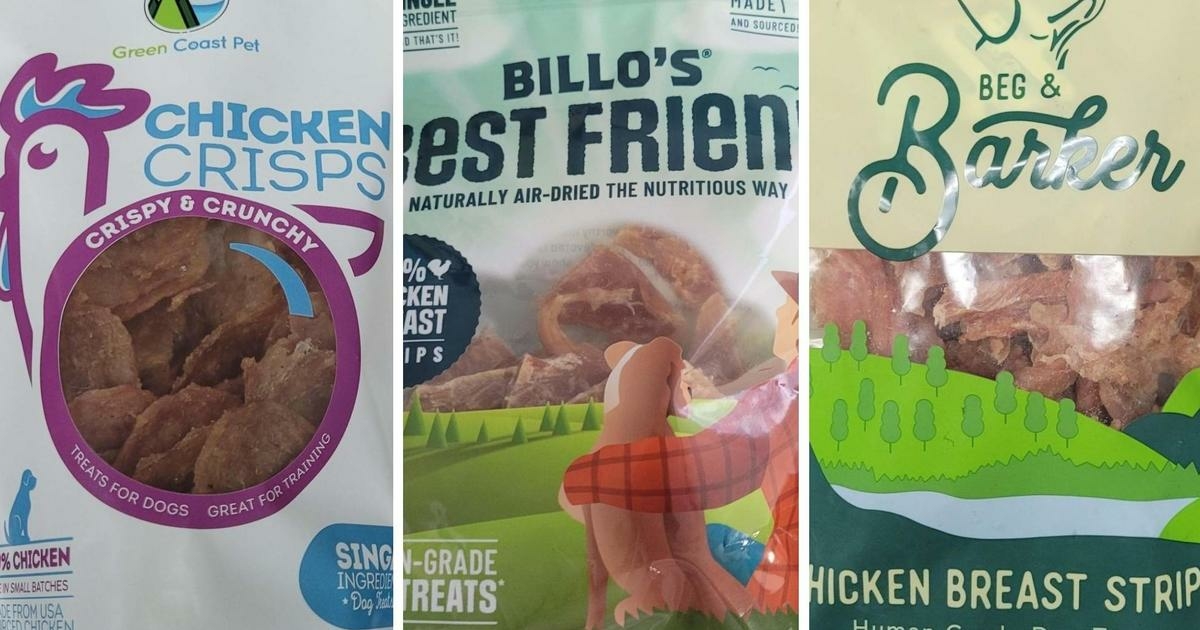The US Open begins next week, but men’s betting favorite Novak Djokovic is likely to be banned from competing unless the player or the US government makes a last-minute swerve.
On April 21, the Department of Homeland Security expanded “temporary Title 19 requirements,” which require non-US citizens traveling to the United States to be fully vaccinated against COVID-19 and provide proof of immunization upon request.
“These requirements have been expanded in consultation with the Centers for Disease Control and Prevention (CDC) and several other federal agencies,” DHS wrote in announcing the extension. “According to the CDC, vaccines remain the most effective public health measure to protect people from serious illness or death from COVID-19, slow the transmission of COVID-19, and reduce the likelihood of new COVID-19 variants emerging. “
A change of course by Djokovic no longer seems likely. “I don’t plan on getting vaccinated so the only good news I can have is that they are removing the mandatory green vaccination card or whatever you call it to enter the United States or an exemption,” Djokovic said last month after winning Wimbledon, his 21st Grand Slam title. In late July, the Serbian tennis ace posted on his social media channels: “I’m preparing as if I’m allowed to compete while waiting to hear if there’s room for me to travel to the United States . Fingers crossed!”
Djokovic fans received a glimmer of hope that the three-time U.S. Open champion can travel to New York based on the updated COVID-19 guidelines announced by the CDC on August 11. The revised guidelines moved away from social distancing and COVID-19 quarantine requirements, while eliminating any distinction between vaccinated and unvaccinated individuals in the protocols.
“These guidelines recognize that the pandemic is not over, but also help us get to a point where COVID-19 is no longer seriously disrupting our daily lives,” said Greta Massetti, C.D.C. Epidemiologist said in a statement.
The CDC said it will work in the coming weeks to host “standalone guidance” related to “healthcare facilities, higher-risk congregation facilities and travel.” But few expect the DHS regulations, which have kept Djokovic away from the US for all events this year, to change this week.
“We would, of course, welcome Novak if the federal guidelines currently banning entry of unvaccinated non-U.S. citizens were to change,” a USTA spokesman said via email. Djokovic is believed to be the only player in the ATP top-100 who would be banned from playing due to the guidelines.
Current American players John Isner and Taylor Fritz both questioned the decision to stop Djokovic from playing, with Isner calling it “madness”. John McEnroe also supported Djokovic. “I think it’s bullshit,” McEnroe told Fox News this month. “It’s really unfortunate but those are the rules we really have with the government at the moment. I don’t agree with that, but right now it’s c’est la vie.” Two-time presidential candidate Steve Forbes echoed McEnroe in calling it “bureaucratic crap” on Twitter.
Djokovic was at the center of the tennis world on and off the court in 2022. He was expelled from Australia ahead of the Australian Open in January when his medical exemption visa was cancelled. Djokovic’s ability to reach France for the French Open was in doubt but he was eventually allowed to compete at Roland Garros where he lost to Rafael Nadal in the quarterfinals. His seventh and last event this year was his title at Wimbledon. The stakes will be raised for Djokovic as he battles with Nadal and Roger Federer for the all-time men’s record for Slam wins. Nadal currently leads at 22.
Djokovic ranked fifth in Sportico’s list of the highest-paid tennis players in the world with $28.2 million. Although sponsors have started to pull away from Djokovic despite his chance to go down in the history of the sport as the greatest player. This year UKG and Peugeot both ended valuable ‘patch’ sponsorships that bring brands big exposure at marquee games like Grand Slam finals. His Peugeot deal started in 2014, UKG signed Djokovic in 2019. Lacoste remains Djokovic’s most valuable endorsement partner in a pact worth up to $10 million annually, including bonuses for a big year on the court.
Djokovic lost in last year’s U.S. Open final against Daniil Medvedev in a stunning upset, ending his quest to become the first man to win the calendar Grand Slam since Rod Laver in 1969. It was his sixth record loss in an Open final. Sports betting provider Caesars has Djokovic as a favorite this year at +150, followed by Medvedev at +250.
Early research suggests that a history of smoking can significantly increase the likelihood of adverse health outcomes for COVID-19 patients, including admission to intensive care units, the need for mechanical ventilation, and serious health outcomes, compared to nonsmokers.
Which surface disinfectants are recommended to reduce spread of COVID-19?
Outside of healthcare settings, sodium hypochlorite (bleach/chlorine) can be used at a recommended concentration of 0.1% or 1,000 ppm (1 part 5% household bleach to 49 parts water). Alcohol at 70-90% can also be used for surface disinfection. Surfaces must first be cleaned with soap and water or a detergent to remove dirt, followed by disinfection. Cleaning should always start from the least polluted (cleanest) area to the most polluted (dirtiest) area to avoid spreading dirt to less polluted areas.
What is the recommended surface cleaning method to prevent the spread of COVID-19? In most situations, the risk of infection from touching a surface is low. The most reliable way to prevent surface infections is to wash your hands regularly with soap and water or to use alcohol-based hand sanitizers. See the article : Go fishing: Danish scientists work on fungus-based seafood substitute. Cleaning and disinfecting surfaces can also reduce the risk of infection.
Can disinfection reduce the risk of the spread of infection?
Sanitizing uses chemicals to kill germs. While it doesn’t necessarily clean dirty surfaces or remove germs, it does kill germs and can reduce the risk of spreading infection. Disinfection removes the number of germs and reduces them to a safe level as judged by public health standards.
What solutions can be used to disinfect surfaces during the COVID-19 pandemic?
Diluted household bleach solutions, alcohol solutions with at least 70% alcohol, and most common EPA-registered disinfectants should be effective for disinfection. To see also : Indigenous food cafes that change the local cuisine.
Will COVID-19 vaccines stop the pandemic?
It is likely that SARS-CoV-2, the virus that causes COVID-19, will continue to circulate and evolve. How infectious or severe new variants of the virus will be cannot be predicted. This may interest you : Costco is pushing up the prices of some food items. Therefore, it is very important to achieve and maintain high immunization coverage in all communities and populations at national and international levels. Vaccination remains a key component of the multi-pronged approach needed to reduce the impact of SARS-CoV-2.
Does the 4th booster protect against the Omicron variant of COVID-19? Conclusions The results suggest that a fourth dose improved protection against infection, symptomatic infection, and serious outcome in long-term care residents during an Omicron-dominant period compared to a third dose of mRNA-Covid-19 vaccine.
When does COVID-19 stop being contagious?
According to the CDC, data suggests that patients with mild to moderate COVID-19 do not remain infectious for more than 10 days after symptoms appear. Those with severe to critical illness resulting from COVID infection are likely to be non-contagious 20 days after symptoms first appear.
Can you spread COVID-19 if you are vaccinated?
Some fully vaccinated people will still get COVID-19 if they are exposed to the virus that causes COVID-19. These are called vaccine breakthrough infections. People with vaccine breakthrough infections can transmit COVID-19 to others.
Can COVID-19 be transmitted through food?
There is currently no evidence that people can contract COVID-19 through food. The virus that causes COVID-19 can be killed at temperatures similar to other known viruses and bacteria found in food.
Can COVID-19 be transmitted through food or food packaging? Because the number of virus particles that could theoretically be ingested by touching a surface would be very small and the amount required for infection by oral inhalation would be very high, the likelihood of infection from touching the surface of food packaging or from eating food is low is considered extremely low. The USDA and FDA are sharing this update based on the best available information from scientific panels around the world, including an ongoing international consensus that the risk of transmission of SARS-CoV-2 to humans via food and food packaging is extremely low.
Can you share dishes with others if you have COVID-19?
⢠Do not share dishes, drinking glasses, cups, cutlery, towels or bedding with other people in your household. ⢠Wash these items thoroughly with soap and water after use or place them in the dishwasher.
Can I catch COVID-19 by eating food handled or prepared by others?
According to the CDC, the risk of contracting COVID-19 from handling or eating food from a restaurant, takeaway, or drive-thru is very low.
Can I get COVID-19 from food?
There is currently no evidence that food, food containers, or food packaging are associated with transmission of COVID-19. Like other viruses, it is possible that the virus that causes COVID-19 can survive on surfaces or objects. If you are concerned about contamination of food or food packaging, wash your hands after handling food packaging, after removing food from its packaging, before preparing food to eat, and before eating. Consumers can follow CDC guidelines for washing hands frequently with soap and water for at least 20 seconds; and disinfect surfaces regularly. It is always important to follow the 4 key steps of food safety – cleaning, separating, cooking and refrigerating.



